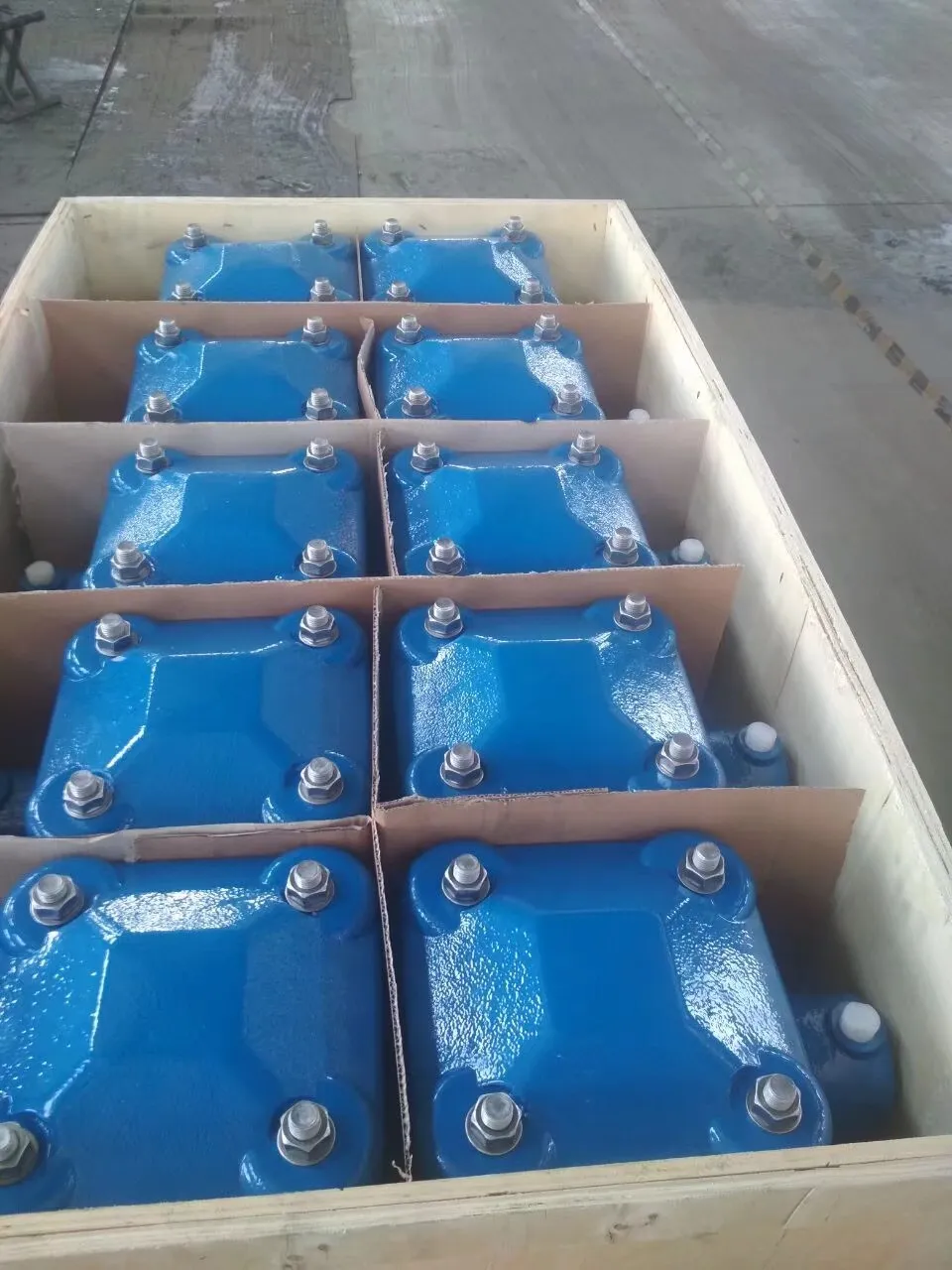cast iron grating
The Versatility and Benefits of Cast Iron Grating
Cast iron grating is an essential architectural and engineering element recognized for its durability, aesthetic appeal, and functionality. Frequently used in construction, landscaping, and municipal applications, cast iron grilles serve various purposes and are celebrated for their strength and longevity.
One of the most notable benefits of cast iron gratings is their robustness. Cast iron is an alloy of iron, carbon, and silicon, which, once molded and set, becomes incredibly tough and resilient to wear and tear. This makes cast iron grates ideal for high-traffic areas such as streets, pedestrian walkways, and loading docks. Their resistance to extreme weather conditions also ensures that they maintain their structural integrity over time, unlike other materials that may crack or corrode under similar conditions.
In addition to their durability, cast iron gratings offer an attractive aesthetic dimension. The material can be cast into intricate shapes and designs, making it a favored choice for ornamental applications. From historic buildings to modern landscapes, these gratings provide a timeless look that complements various architectural styles. Many cities take advantage of custom designs for their streetscapes, adding a unique touch while maintaining functionality.
cast iron grating

Safety is another critical consideration. Cast iron gratings provide excellent traction, reducing the risk of slips and falls in both pedestrian and vehicular traffic areas. Their design often includes a slightly textured surface that enhances grip, making them suitable for public spaces where safety is paramount.
Moreover, cast iron gratings contribute to effective drainage systems. Their open design allows for the free flow of water, preventing the accumulation of puddles and reducing the risk of flooding during heavy rains. This drainage capability is especially crucial in urban environments, where efficient water management is essential for infrastructure longevity and public safety.
Maintenance of cast iron gratings is relatively low, but it is crucial to ensure they remain functional and visually appealing. Regular cleaning and occasional repainting can protect against rust and preserve their appearance. Furthermore, when repairs are needed, cast iron grates can often be recycled or refurbished, making them an environmentally friendly choice.
In conclusion, cast iron grating is a versatile, durable, and aesthetically pleasing solution for various applications. With their exceptional strength, design flexibility, safety features, and drainage capabilities, they are a wise investment for municipal, commercial, and private projects alike. As cities and landscapes continue to evolve, the enduring presence of cast iron grating will likely remain an integral part of modern infrastructure.
-
The Essential Component for Safe Urban InfrastructureNewsMay.14,2025
-
The Backbone of Urban InfrastructureNewsMay.14,2025
-
Practical and Stylish Solutions for Your Drainage NeedsNewsMay.14,2025
-
Lamphole Frame and Cover: Essential for Urban InfrastructureNewsMay.14,2025
-
A Seamless and Aesthetic SolutionNewsMay.14,2025
-
A Must-Have for Safety and DurabilityNewsMay.14,2025
-
Pipe Repair Clamps: Your Ultimate Solution for Efficient RepairsNewsMay.09,2025
